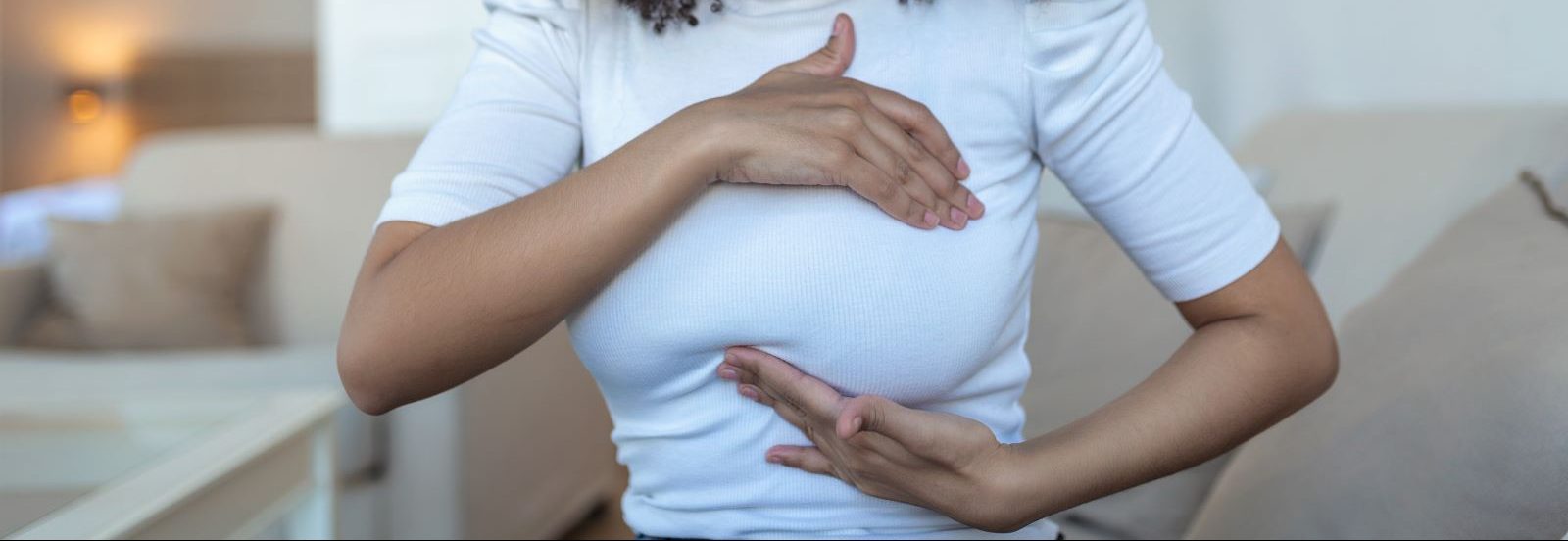<< Back
Are Breast Self Exams Still Worth My Time?

January 03, 2023
Breast self exams were once considered an essential prevention tool for women. But new research shows that they may not have clear benefits in breast cancer detection.
So are they still worth your time?
To put it simply, “it can’t hurt,” says Alvaro Menendez, MD, a breast cancer specialist with the Hartford HealthCare Cancer Institute.
Dr. Menendez, and others in the field, recommend that all women familiarize themselves with their breasts and what feels right or normal.
“I tell my patients ‘The one who knows your body best is you!’” he says.
Checking the girls
A breast self-exam is simple – when dressing or in the shower, look closely at each breast and feel the tissue for lumps that may materialize between routine screening mammograms.
“These self exams might find a problem in the earliest stages when breast cancer is most treatable,” Dr. Menendez explains.
If you find any of the following during a self-exam, he suggests calling your healthcare provider immediately:
- Redness of the skin
- Dimpling or thickening of the skin
- Secretions from the nipple
- Lump in the breast or underarm area
- Abnormal pain
> Want more health news? Text StartHere to 85209 to sign up for text alerts
Still recommended
Breast self-awareness and checks are important, but the best way to monitor for breast cancer is to schedule an annual screening mammogram.
“We strongly recommend patient to start getting yearly mammograms at age 45, although some of us are starting to screen patients at the age of 40,” he says.
Women with dense breast tissue may also be urged to get an ultrasound of their breasts. Those with a family, genetic or personal risk of breast cancer should get breast MRIs, too. These can often start before mammogram screenings, Dr. Menendez says.